Igniters, Tinder, Kindling, and Firewood
Looking back at the fire triangle, oxygen is already provided, so we've got to provide heat and fuel. The initial heat comes in the form of a handmade device, an igniter, which we'll take a look at momentarily.
Wood ignites at a temperature of 390 to 500° Fahrenheit, and then burns at approximately 600 to 1700° Fahrenheit or more, both temperatures depending on the type of wood, moisture content, and amount of available oxygen. Pine can burn as low as 660° while oak burns closer to 1700°.
We generally break down the material used in fires into three categories: tinder, kindling, and fuel (firewood). While it may be possible to start a big oak log on fire with a single spark (not talking about lightning), we all know better.
The igniter needs to provide sufficient intensity and duration of heat to cause the kindling to ignite and start to burn.
Igniters
This is the kind of igniter that works fine for gas and liquid fuel stoves, and it's what I use for my propane stove. However, the spark is very short in duration and is barely more than what you'd get from a static electricity shock. It might start toilet paper on fire (but I don't have time to check). So, keep one with your stove, but it's not useful for starting campfire.
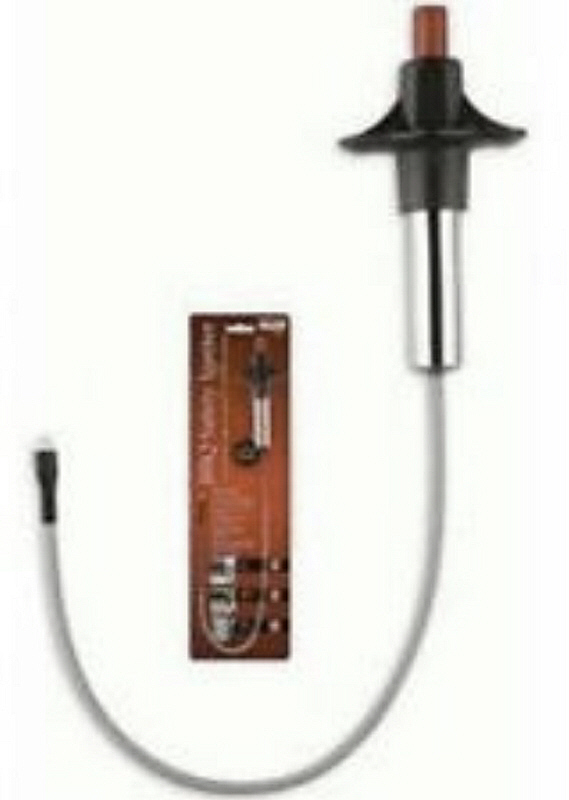
- PiezoIgniter.jpg (88.79 KiB) Viewed 787 times
The ferrocerium rod is a staple of "survival kids". When scraped with a piece of steel, it creates small fragments and enough friction heat to ignite them, due to ceriums's low ignition temperature of 338°F. The resulting hot sparks can reach 6,000°F. Such a rod might be good nearly indefinitely, for thousands if not tens of thousands of uses.
I have never used a ferrocerium rod to start a fire while camping, but always keep a few in handy as backup in case I run out of other ignition sources. That being said, in using them at home, they are very effective at creating a shower of sparks. I find the longer and thicker rods easier to use, though a small one such as below works fine.
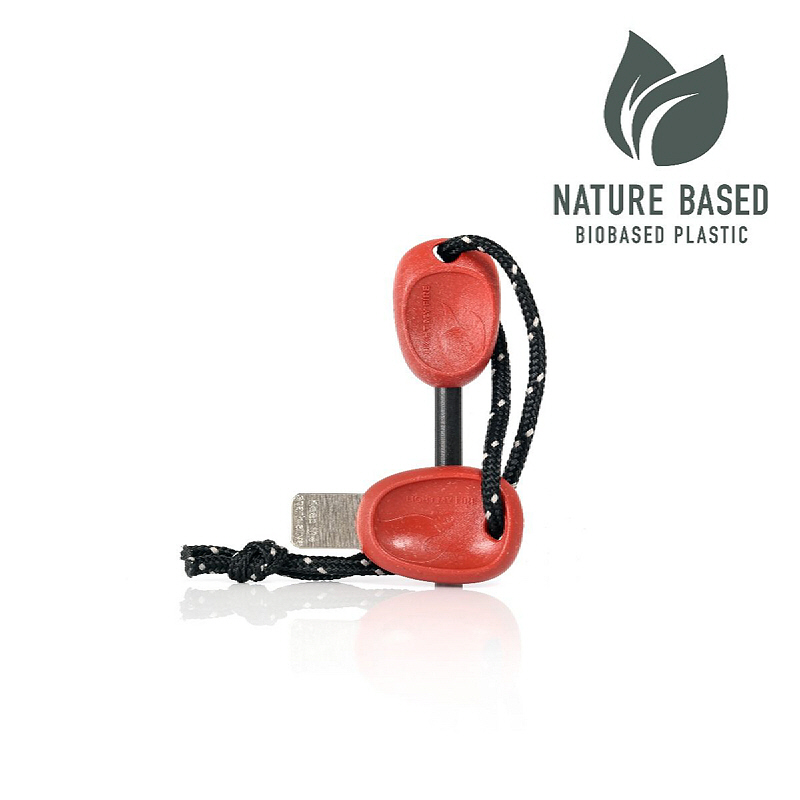
- LightMyFireFerroceriumRod.jpg (99.14 KiB) Viewed 787 times
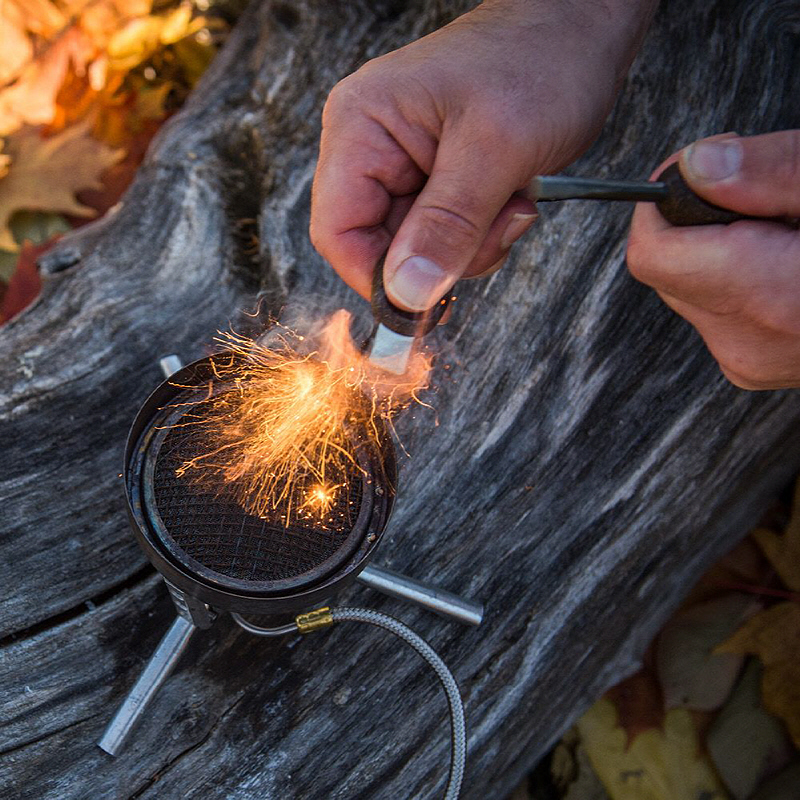
- LightMyFireSparks.jpg (423.59 KiB) Viewed 787 times
One problem with ferrocerium is that it can corrode. In preparing for this net, I looked at a few old partially used rods and noticed that they were surrounded with powder. The surface was quite corroded as the picture attests. I did a bit of research and found that it's a good practice to coat any scraped part of your rod with wax, nail polish, or vaseline while it's in storage. This prevents the bare surface from oxidizing.
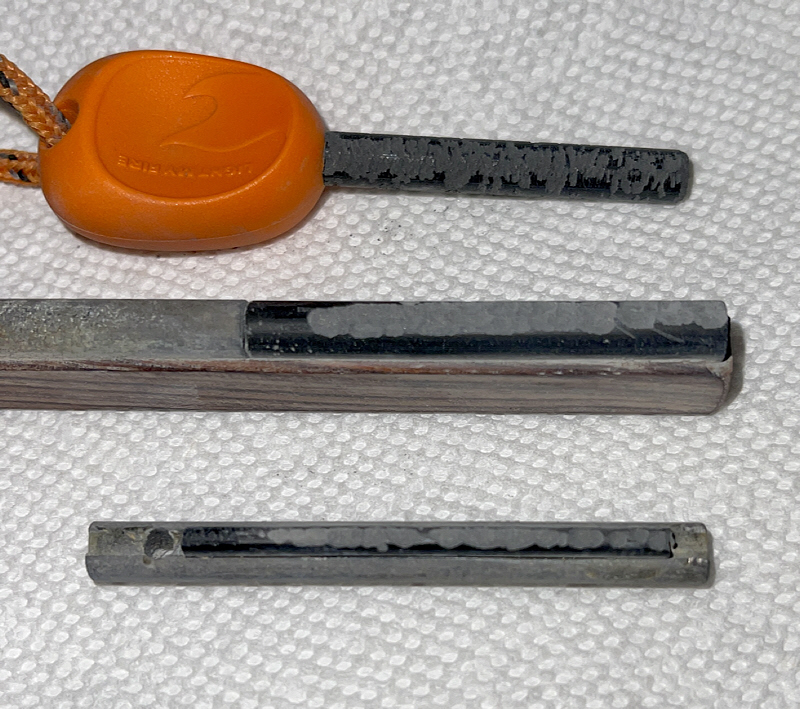
- FerroceriumRodCorrosion.jpg (338.86 KiB) Viewed 787 times
My current favorite igniter is the plasma lighter. They are charged usually via USB and good for many tens to hundreds of uses before being recharged, then many more. Typical prices are $15 to $20.
A stepped-up high voltage (note: USB is only 5V) creates an arc of charged plasma. The heat of the plasma, around 1800°F, can be used to ignite anything combustible that fits between their electrodes.
The weakness of these lighters is the sometimes odd angle that must be used at to get material between the electrodes. Various lighters have their electrodes at different orientations.
I've been able to ignite every kind of tinder with a plasma lighter. They are of course reuseable. The internal battery no doubt fails after some number of recharges.
Following are a few different types.
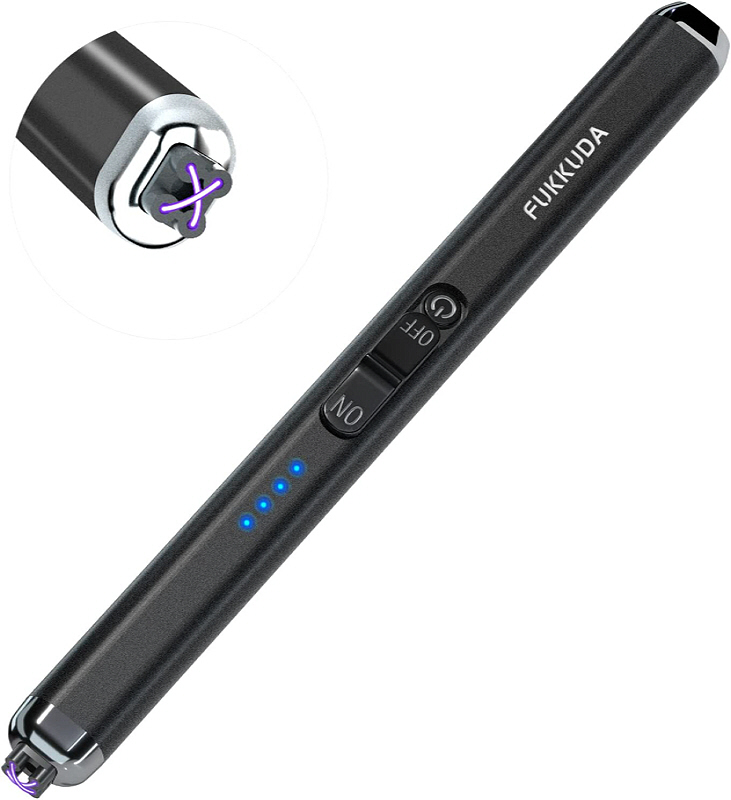
- PlasmaLighter.jpg (112.98 KiB) Viewed 787 times
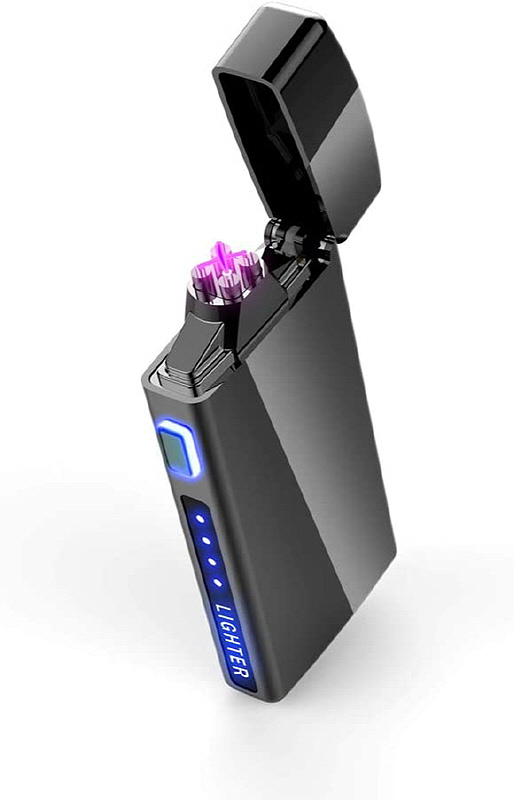
- PlasmaLighter2.jpg (72.52 KiB) Viewed 787 times
These are handy when you're igniting gas or an accelerant and you're not certain of the "blast radius".

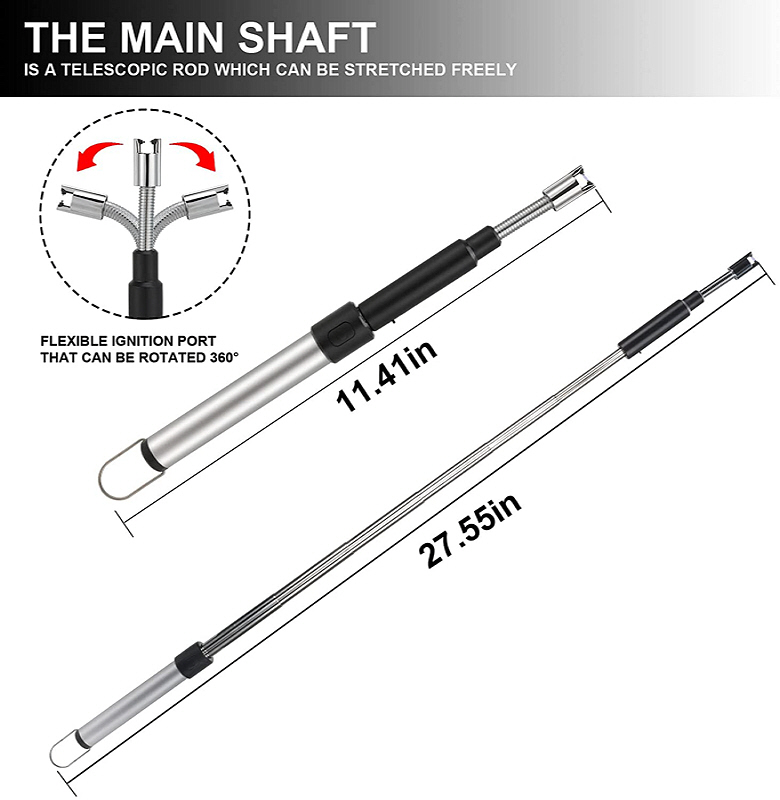
- RechargeablePlasmaLighter.jpg (127.92 KiB) Viewed 787 times
Everyone is familiar with the following lighters and torches.
Not much to say about the old Zippo "windpoof". I suspect they're popular among some people, but I've never owned one. They require maintenance, using a wick, lighter fluid, and a "flint".
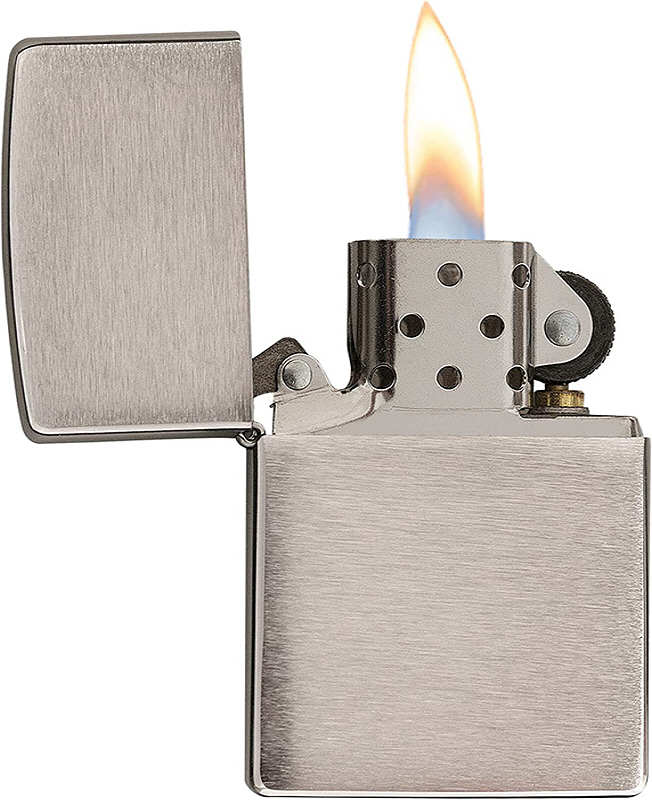
- ZippoLighter.jpg (224.18 KiB) Viewed 787 times
Butane lighters such as those made by BIC are ubiquitous. They're cheap, disposable, and fun to throw in campfires. Just kidding.
They're probably the easiest way to start a fire.
There are many butane lighters that are refillable rather than disposable. I keep a few BIC lighters in my vehicle and camping boxes.
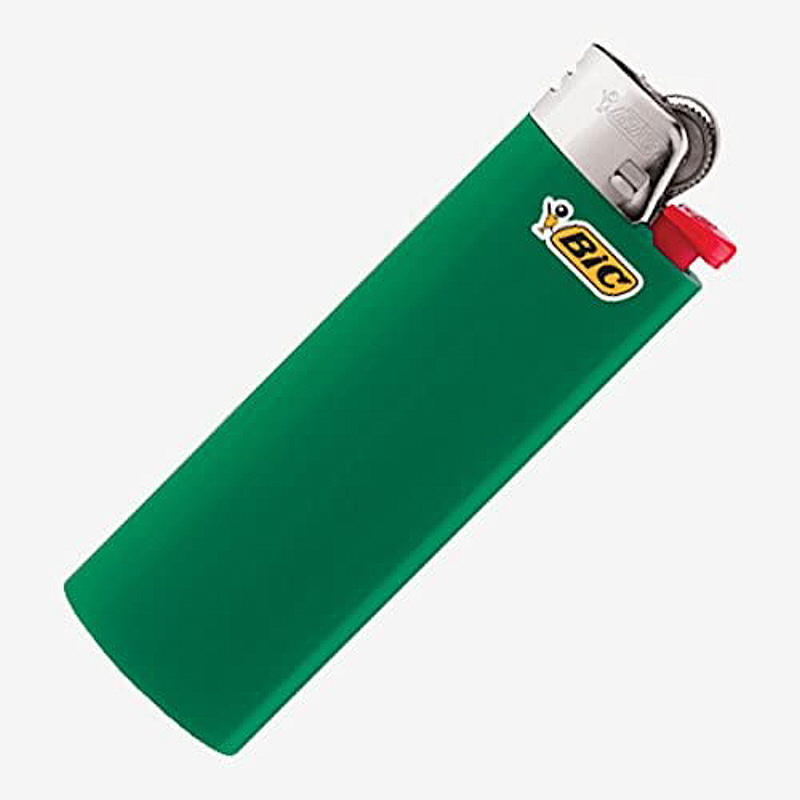
- BicLighter.jpg (113.37 KiB) Viewed 787 times
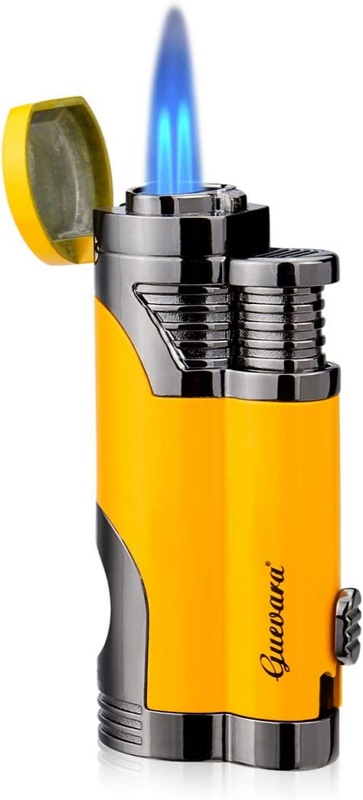
- ButaneTorchRefillable.jpg (61.94 KiB) Viewed 685 times
If you need something bigger, want to avoid messing with tinder, and go directly to igniting kindling, a butane torch will provide the necessary heat and duration. Propane torch attachments also work fine. I keep a propane torch attachment in m camping boxes.
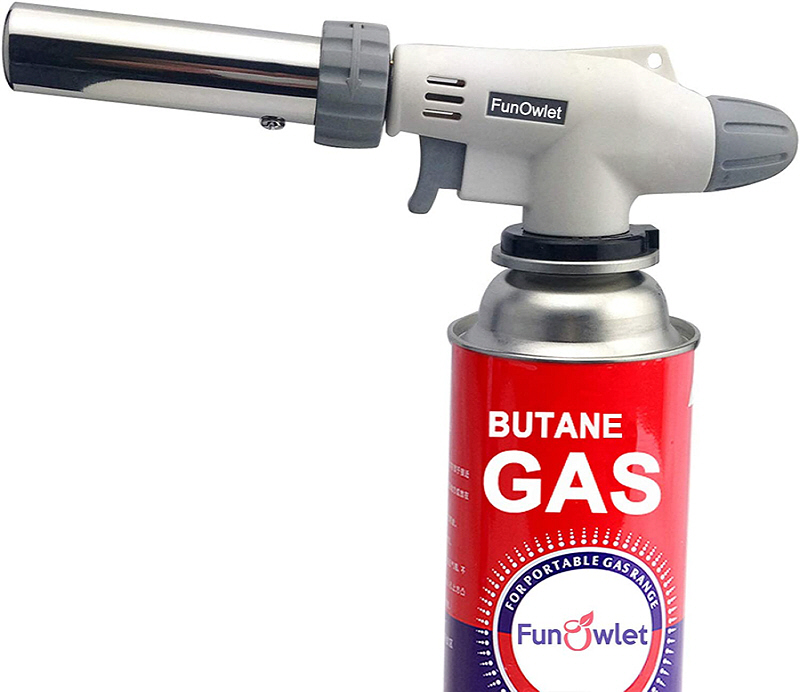
- ButaneTorch.jpg (158.23 KiB) Viewed 787 times
Matches come in a wide variety. As a backup to a backup, I carry one of these in my camping boxes.
Does anyone still use matches to start campfires?
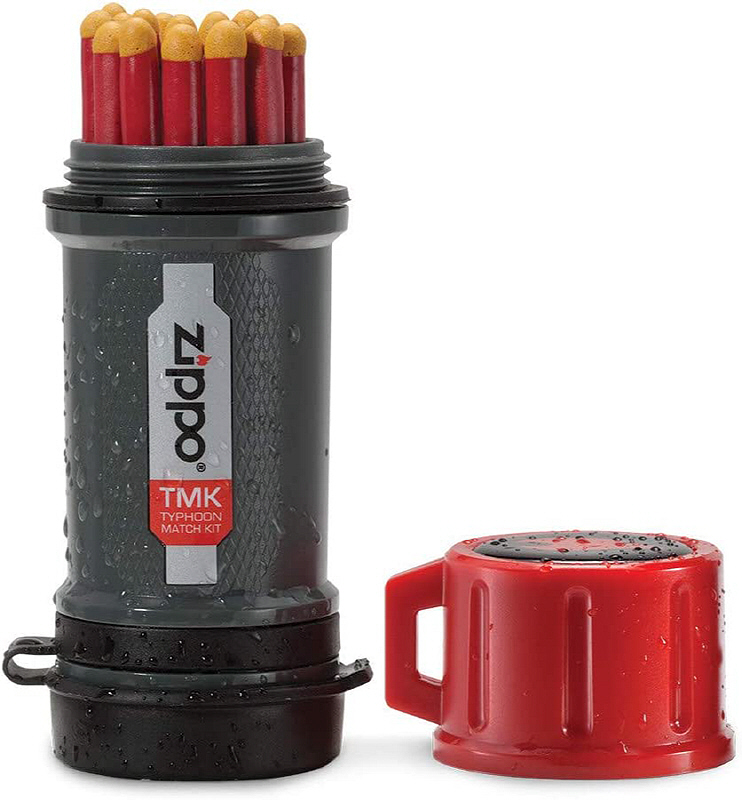
- ZippoWaterproofMatches.jpg (194.74 KiB) Viewed 787 times
Does anyone recommend any favorite igniters that are not listed above?
Tinder / Fire Starters
Tinder, small diameter, easily combustible fuel, can often be gathered or made. Dry pine needles work great, though burn out very quickly.
My favorite tinder is made by holding a piece of firewood vertically, then using almost glancing blows with a blade (knife, hatchet, kukri, billhook) to shave off flat pieces from 1/16" to 1/8" in thickness. Provided your wood is at all dry, these when piled up will ignite any kindling.
Still, there are many fire starters available. I've acquired these over the years and some are worth mentioning.
This is the common magnesium fire starter which most of you might have stashed away. You scrape off shavings of magnesium into a little pile, then strike the embedded ferrocerium rod to ignite the magnesium. Magnesium burns at around 5,000°F.
I consider this a "pre-tinder". I've always found magnesium bars hard to scrape off, and then difficult to get shavingsinto a nice pile such that I could direct sparks from the rod into it, and then in turn ignite your real tinder. The magnesium shavings burn out very quickly. It works, but I think there are better alternatives, though perhaps none so compact.
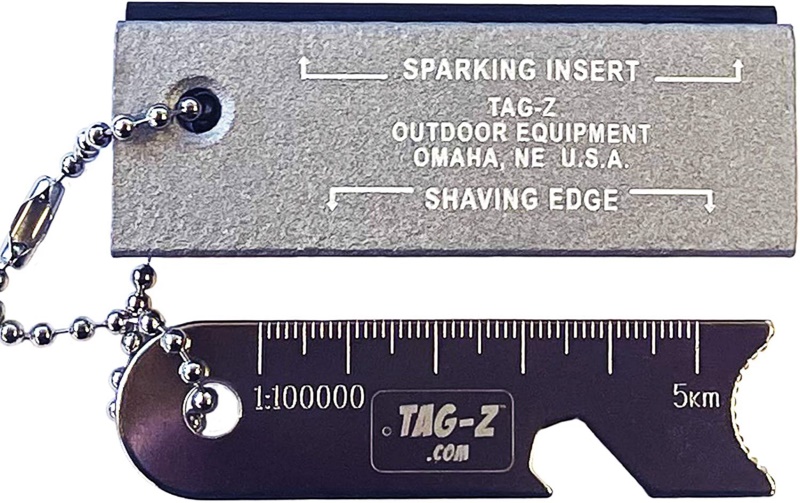
- MagnesiumFireStarter.jpg (168.51 KiB) Viewed 746 times
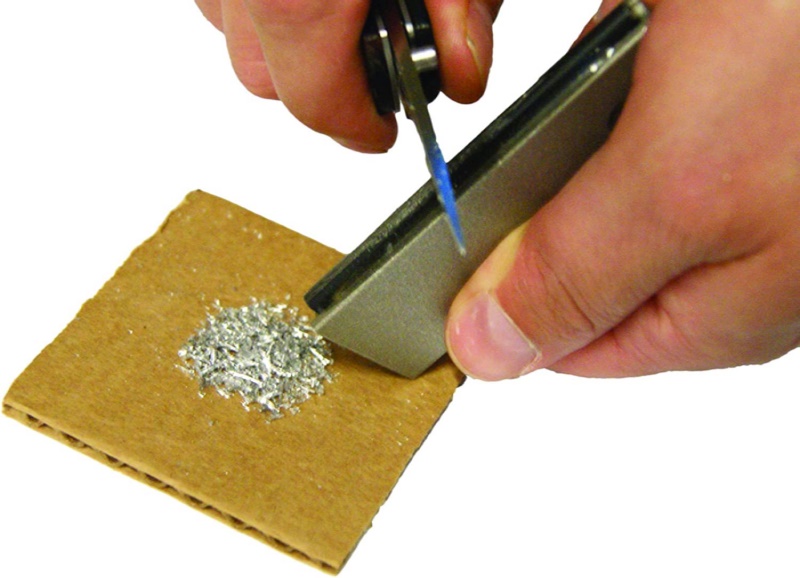
- MagnesiumFireStarterUse.jpg (109.16 KiB) Viewed 745 times
Getting a bunch of magnesium shavings ($10) avoids the difficultly of scraping, and provides a large quantity and little longer burning time. These ignite easily with almost anything from matches to plasma lighter. My main issue is that the burning time is still fairly short and may be insufficient to get your tinder lit.
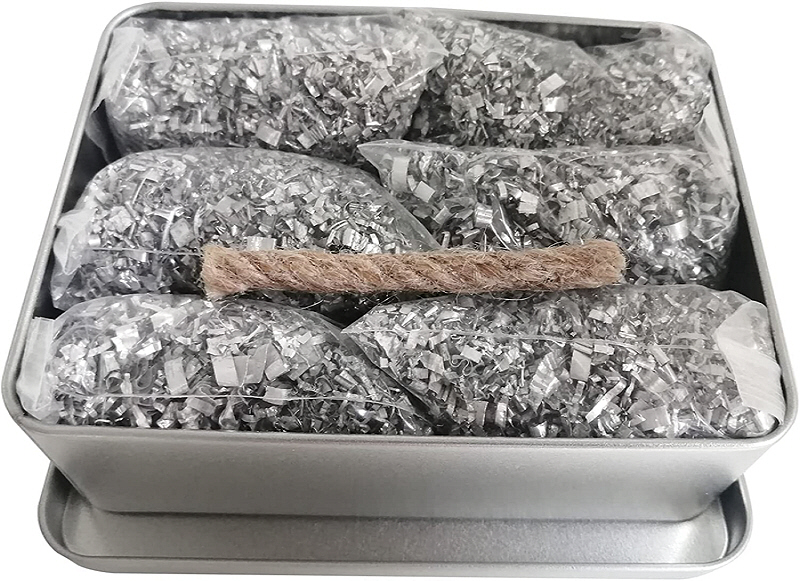
- MagnesiumShavings.jpg (279.22 KiB) Viewed 786 times
These Baddest Bee Fire Fuses represent a variety of fire starters that are material soaked in wax (beeswax or paraffin). These are easy to ignite if you have a flame source, or can be ignited by sparks if you spread out one end into individual filaments. They'll burn for many minutes, allowing other tinder or smaller kindling to catch fire.
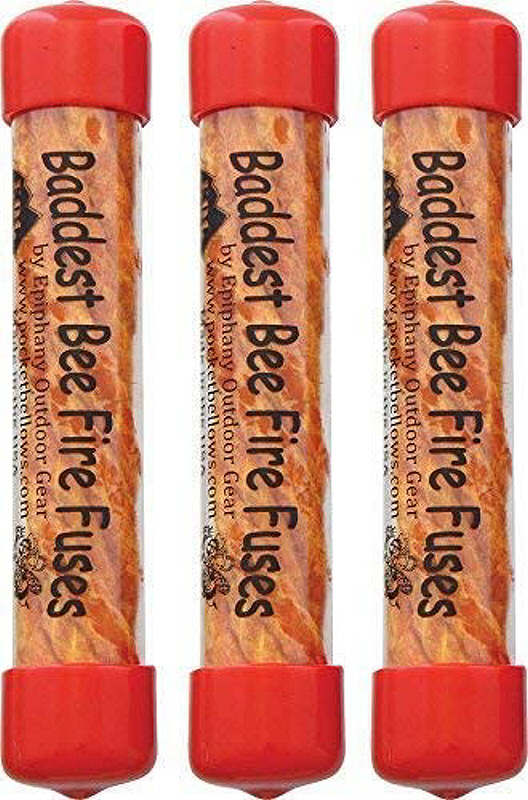
- BaddestBeeFireFuses.jpg (318.72 KiB) Viewed 786 times
Another class of fire starters are translucent white hexamine cubes. I had some sitting in a box for twenty years, pulled one out, struck a ferrocerium rod, and the cube ignited immediately. These burn at 1300°F and can last five plus minutes, though the flames stay right around the cube.
Esbit makes small camping stoves that can be used to boil water or heat food.
While the box doesn't describe the chemical nature of the cubes, Weber makes something similar for starting fires and charcoal.
Note: the fumes are toxic.
Hexamine (Hexamethylethylenetetramine)
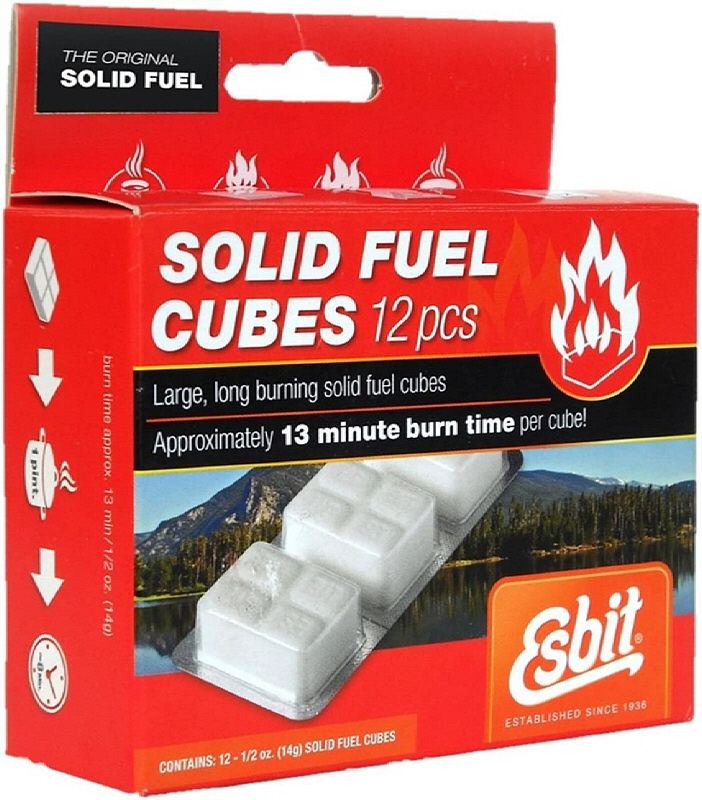
- EsbitFuelCubes.jpg (338.73 KiB) Viewed 786 times
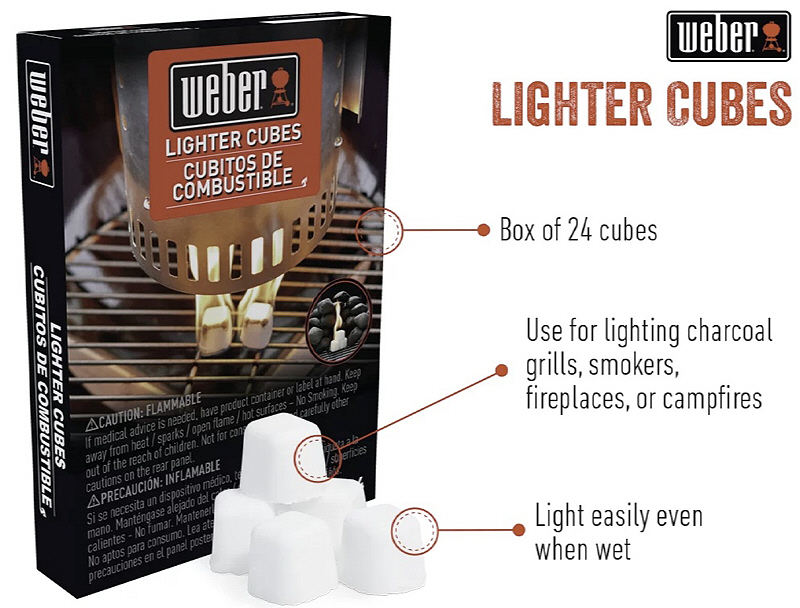
- WeberLighterCubesInfo.jpg (221.17 KiB) Viewed 786 times
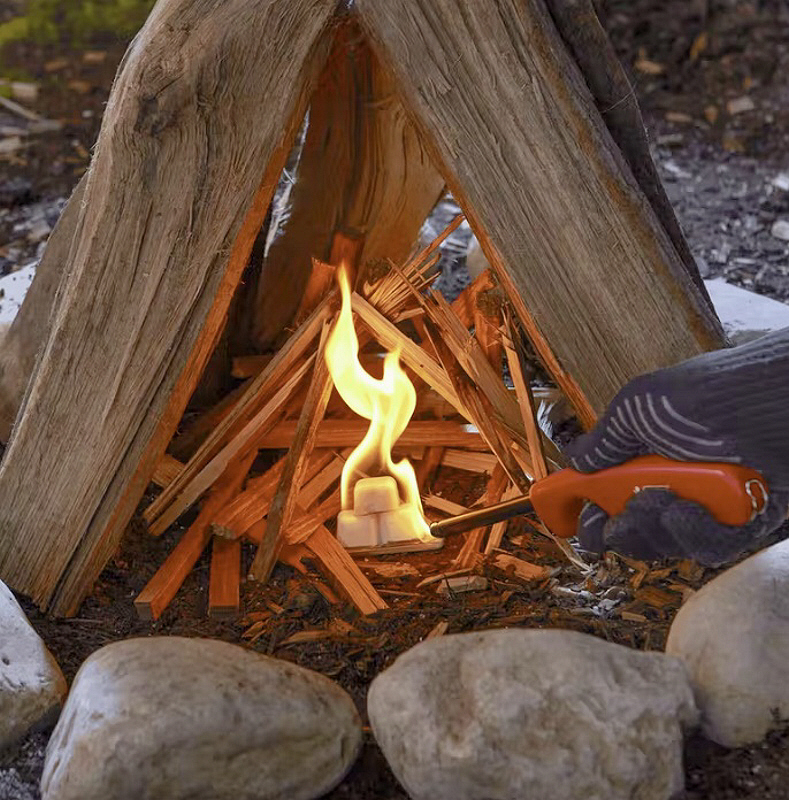
- WeberLighterCubes.jpg (431.6 KiB) Viewed 786 times
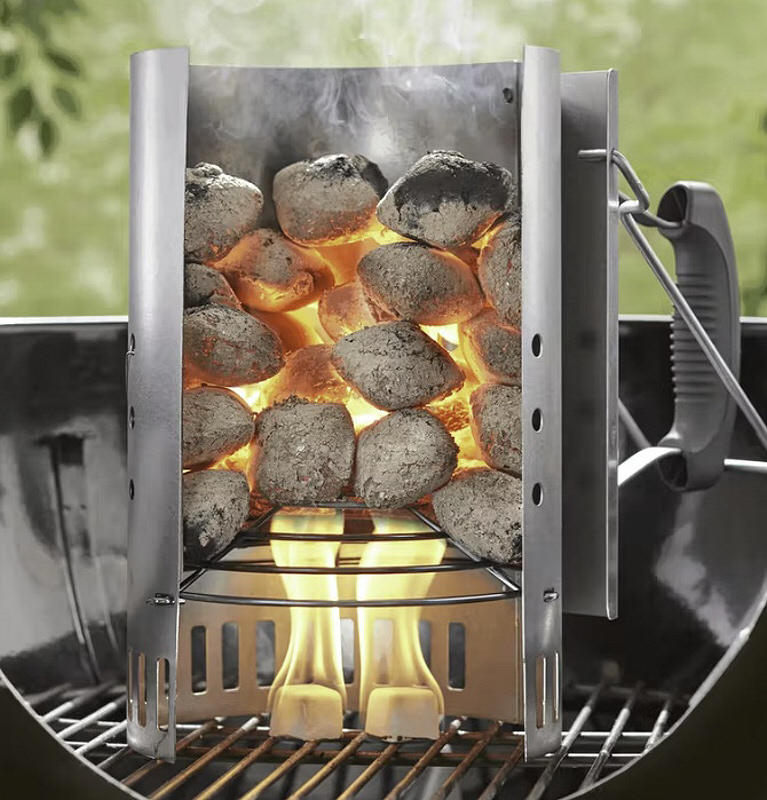
- WeberLighterCubesChimney.jpg (353 KiB) Viewed 786 times
This is essentially a bag of cedar (low ignition temperature) chips soaked in wax. Work great, but bulky.
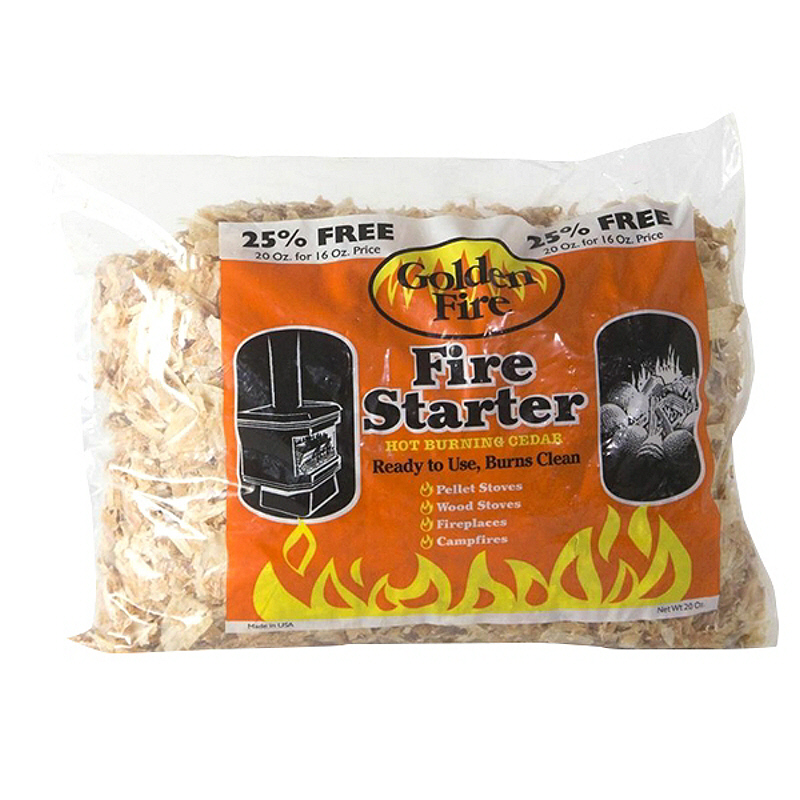
- GoldenFireFireStarter.jpg (284.52 KiB) Viewed 786 times
Lightning Nuggets are my favorite fire starters. The "nugget" is a compressed half ball made from pitchy pinewood held together by food grade wax. You place them round side down and light the edge. The ball will burn for 7 minutes with flame rising to 4".
These are great for starting a campfire or for starting charcoal within a chimney. I keep a handful of these in my charcoal box. These can be ignited using a ferrocerium rod if you break apart the edge before igniting.
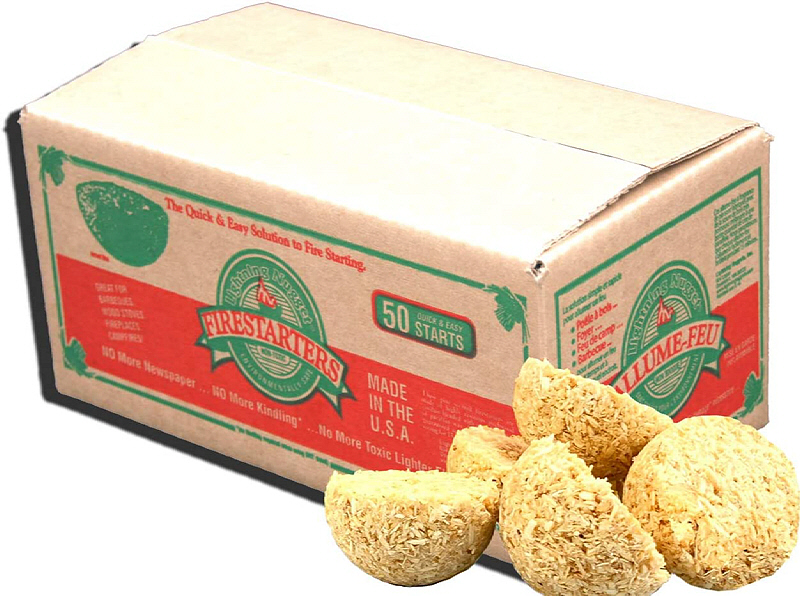
- LightningNuggetsBox.jpg (295.95 KiB) Viewed 786 times
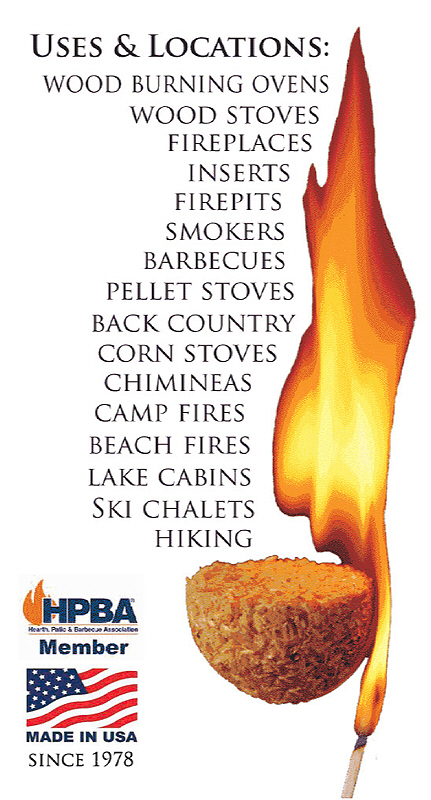
- LightningNugget.jpg (267.11 KiB) Viewed 786 times
A tried and true fire starter, is the petroleum-jelly-soaked cotton ball one of the best?
I've made a number of these by coating cotton balls in room-temperature petroleum jelly, then working the jelly throughout with my fingers. Note: It never occurred to me to heat the jelly to make it liquid (picture below), then just dip the cotton balls in. You must be very careful when heating any potentially flammable substance (petroleum jelly, paraffin, beeswax) over direct heat since it can readily combust. Better to use a double boiler.
I took a petroleum jelly cotton ball that I made perhaps twenty years ago out of its tin, then hit it with some ferrocerium sparks. It ignited immediately. Petroleum jelly itself does not burn, but when heated to boiling, the resulting gas burns. A cotton ball by itself burns in seconds, while a petroleum jelly cotton ball gives off a good flame while burning for up to five minutes.
These are probably equivalent to hexamine in size, flammability, and heat output. The hexamine cubes are dry. which jelly isn't.
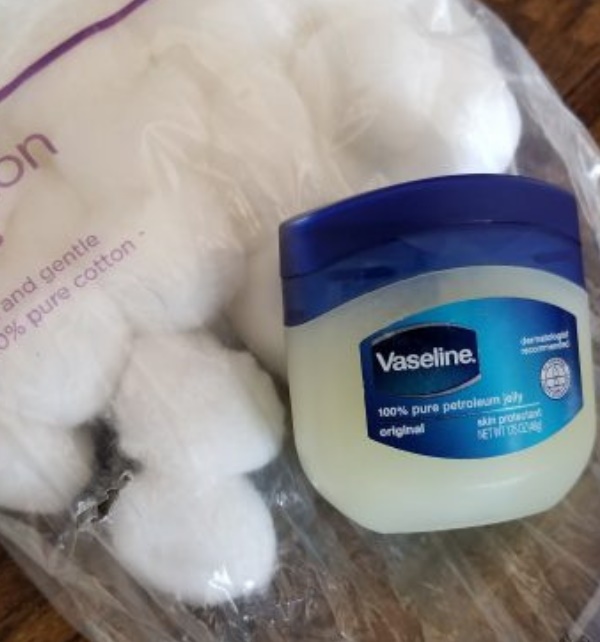
- VaselineCottonBall.jpg (78.79 KiB) Viewed 739 times
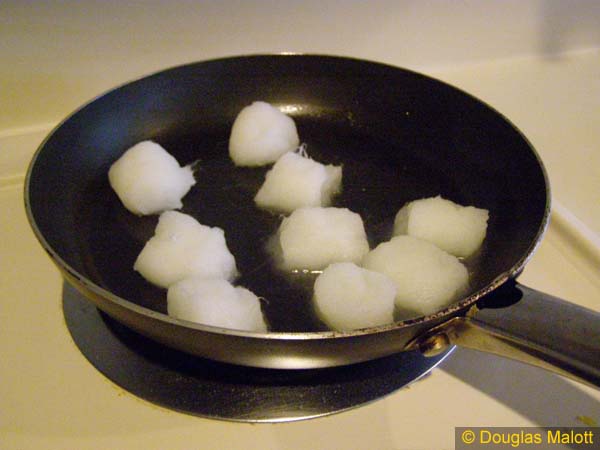
- VaselineCottonBallMaking.jpg (42.41 KiB) Viewed 739 times
Kindling
Kindling is the mid-sized material that is intended to be fairly easily combustible when in the presence of burning tinder. For a very small fire, the slow introduction of only kindling might provide a satisfactory experience, but it's mainly intended to start the main firewood.
Kindling will sometimes come in the box that firewood is purchased in. In my opinion, it can easily be made by successively splitting the straighter pieces of firewood until they're about the diameter of a thumb.
Commercially available "fatwood" kindling made from resinous pine.
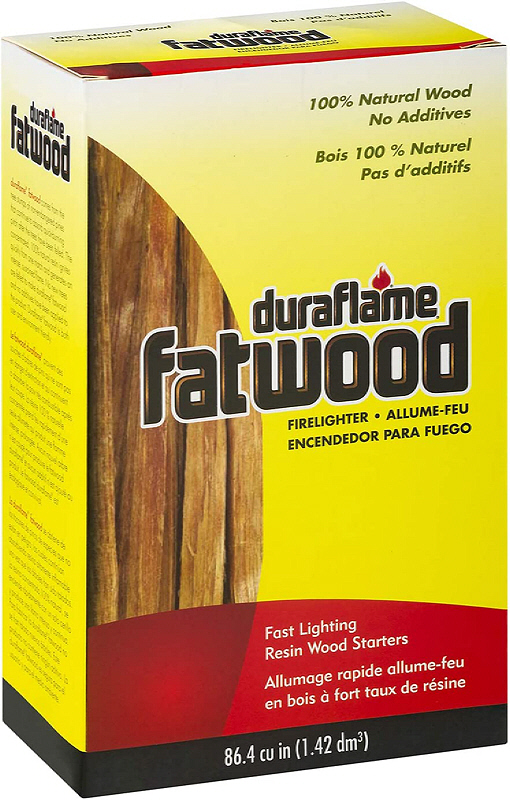
- DuraflameFatwood.jpg (277.17 KiB) Viewed 785 times
Oxygen Tools
On occasion, providing extra oxygen to a starting fire can help greatly. I'm sure everyone has blown on a fire to help it get going. This "bellows" provides a bit of distance between your lips and the fire.
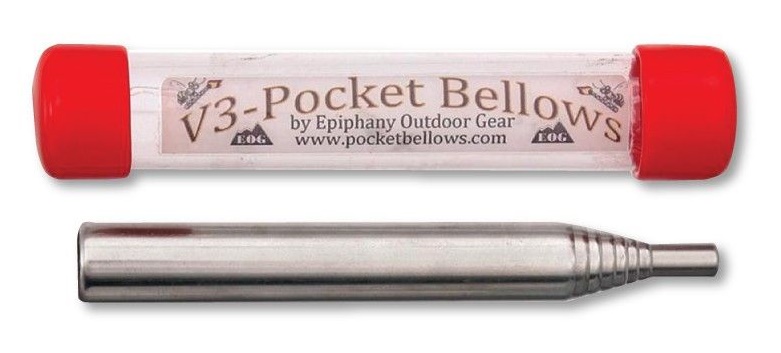
- PocketBellows2.jpg (62.08 KiB) Viewed 785 times
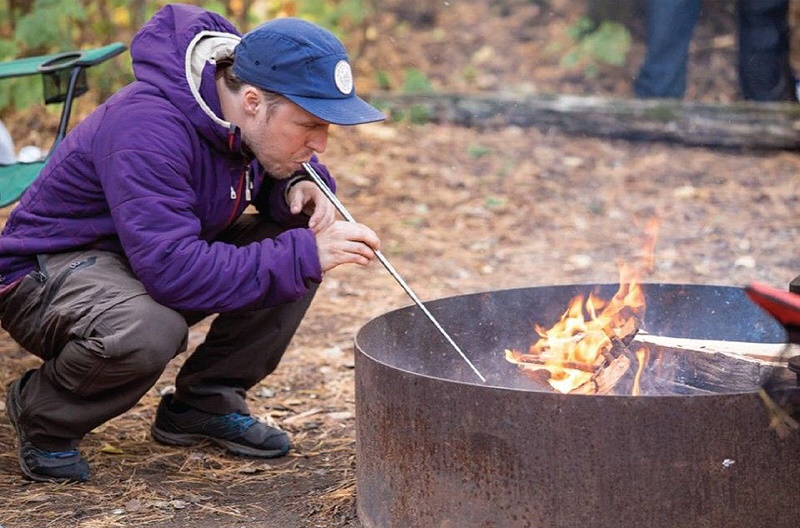
- PocketBellowsUse.jpg (182.57 KiB) Viewed 673 times
This provides quick a bit of air, and could be used to help start a fire.
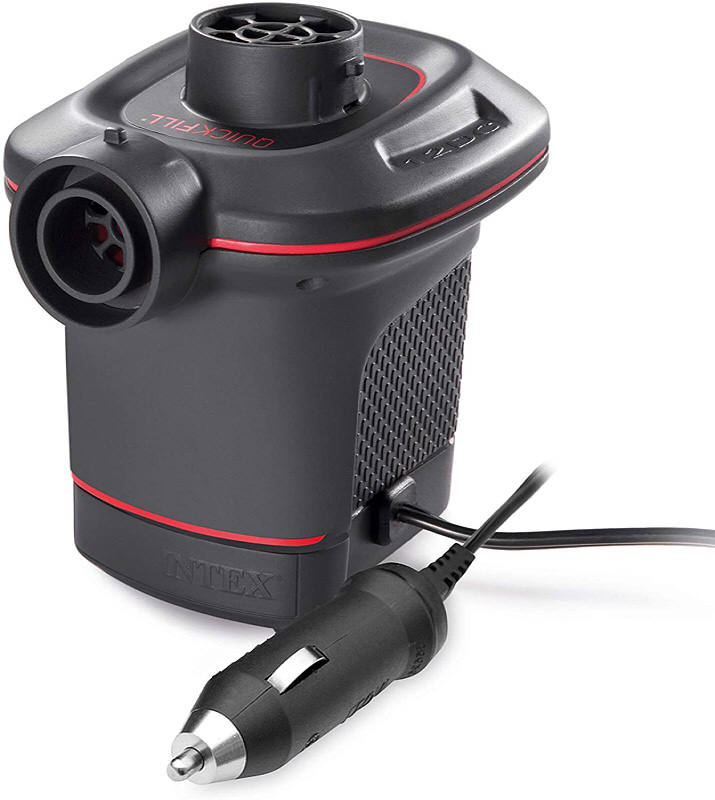
- IntexQuickFillAirPump.jpg (161.31 KiB) Viewed 785 times
Here's a short video of using an air mattress pump to help some moist charcoal get started.
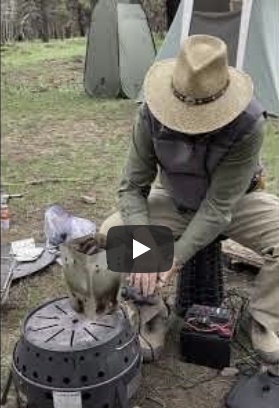
- MoistCharcoal.jpg (51.09 KiB) Viewed 787 times
Fuel (Fire Wood)
Purchase or gather as available. Many (most?) areas discourage the gathering of dead or downed vegetation for use in fires. Many (most?) locations discourage or prohibit the use of firewood that is not obtained locally due to the possible introduction of invasive pests and diseases.
From the National Forest Service:
Do not carry firewood long distances. Burn it where you buy it!
So, if you want a campfire, better save some space on your roof rack or inside your vehicle and purchase locally if you can't gather.
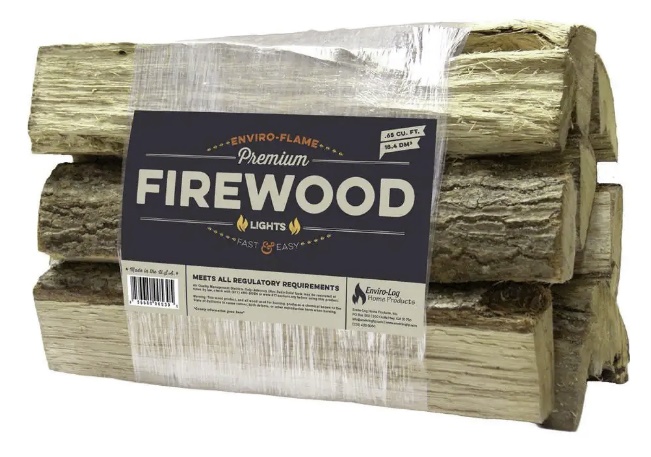
- FirewoodBundle.jpg (104.81 KiB) Viewed 677 times